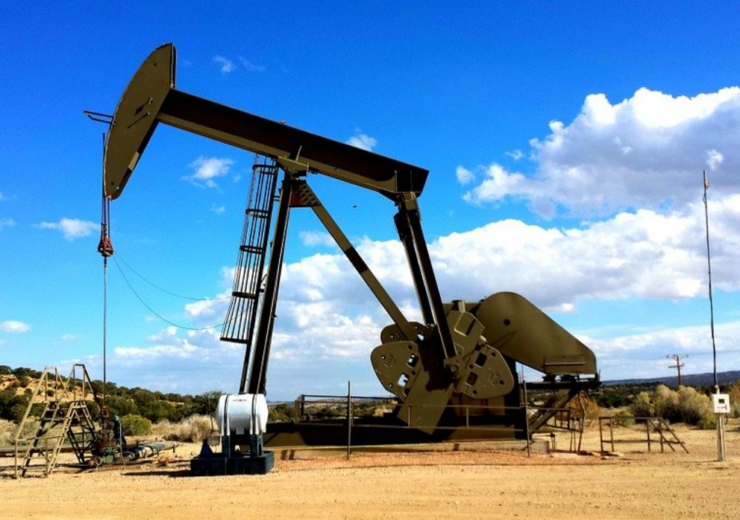Wood Mackenzie anticipates an oil-price rebound as demand starts rising post-lockdown - but the energy researcher warns a second large wave of coronavirus could apply further pressure

In the International Energy Agency’s February 2021 oil market report, it reported that global oil demand is set to grow by 5.4 million barrels per day (mbd) this year to reach 96.4 mbd (Credit: Max Pixel)
Oil and gas markets are braced for a potential second wave of Covid-19 cases, according to an energy analyst.
The pandemic has already had far-reaching consequences across a number of sectors, with global energy demand expected to plunge by up to 6% in 2020.
The International Energy Agency (IEA) lowered its oil-demand forecast last week by 140,000 barrels per day (bpd) to 91.9 million bpd for the full year – marking an 8.1 million bpd drop compared to 2019.
This follows a recent upsurge in Covid-19 cases across the world, which has increased the chances of a second wave of the virus and more lockdown restrictions being imposed worldwide.
Dulles Wang, director of Americas gas research at Wood Mackenzie, said the company’s outlook “anticipates an oil-price rebound as demand starts rising post-coronavirus”. But with the prospect of a second wave of lockdowns looming, which would deepen the global recession, there is potential for a “significant impact” on oil and gas markets.
“In our base case forecast, Brent rises to $86 per barrel annual average in real terms by 2030. In a second-wave scenario, this falls to $70 per barrel,” he added. The crude oil benchmark is currently priced at $45 per barrel.
LNG could come under pressure
Global gas demand has proved fairly resilient this year, according to Wang, recovering “relatively quickly” following the easing of lockdown measures.
But he believes that the recovery is “inextricably linked to the economic outlook” and that a potential second wave would take its toll. “Our research shows that a second wave of large-scale lockdowns would result in global gas demand reducing by 4.5% in 2020 compared to 2019,” he added.
“Global liquefied natural gas (LNG) demand would also fall, putting further pressure on Europe to absorb the oversupply – and causing further delays to LNG projects under construction.
“Pre-FID [final investment decision] projects could become even more challenged as the need for new LNG supply could be stalled.” He adds that low-cost gas production – mainly from Russian pipeline gas in Europe and Qatari LNG – would be a “key driver for prices”.
“In North America, LNG under-utilisations could become a recurring theme, with full utilisation not expected until the end of 2020s,” he said.
“However, supply flexibility between associated and dry gas plays would absorb much of the demand shock from lower economic activity. Some parts of the supply landscape, such as production from dry gas plays, could be surprisingly unscathed coming out of the second wave of lockdowns.”
Building resilience ‘more crucial than ever’ for oil and gas companies
Fresh lockdowns could prompt a further decline in North American domestic energy demand, led by the industrial and power sectors.
As power demand is price sensitive, Wood Mackenzie claims rising gas prices post-2022 are likely to “compound the reduction in structural demand caused by lower GDP forecasts”.
Meanwhile, the energy transition is “weighing heavily on industry strategy”, and could deter some investment, especially as the sector “grapples with tight budgets and low oil prices”.
With US oil and gas operators already under pressure following the price crash in March – which led to West Texas Intermediate (WTI) crude falling to negative value for first time in history – a second wave of lockdown measures would cause further financial distress.
Wang believes building resilience could be “more crucial than ever for many industry players” at the moment in time. “But US gas producers could be better placed than most to manage this, as the lower oil price – and therefore loss of associated gas production – insulates Henry Hub prices from demand losses,” he added.
“However, the overall size of the North American gas market shrinks by 6.5 billion cubic feet per day in a second-wave case, as Henry Hub rebalances between supply pullback and demand and export reduction.”
